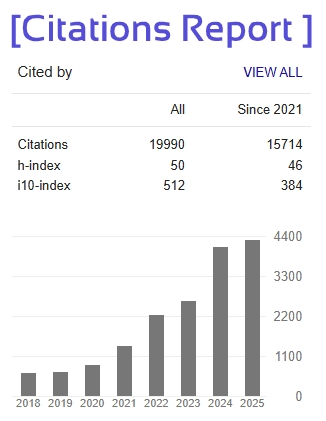Adoption of Digital Payment Among Small Vendors
Lalawmpuia Hnamte1, Prarthna Ahuja2, Dhruv Singh3, Dhanish Singh4, Garv Maheshwari5, Dr. Rimple Manchanda6
1B.A (Hons.) Applied Economics, Sharda School of Business Studies, Sharda University, Greater Noida
2B.A (Hons.) Applied Economics, Sharda School of Business Studies, Sharda University, Greater Noida
3B.A (Hons.) Applied Economics, Sharda School of Business Studies, Sharda University, Greater Noida
4B.A (Hons.) Applied Economics, Sharda School of Business Studies, Sharda University, Greater Noida
5B.A (Hons.) Applied Economics, Sharda School of Business Studies, Sharda University, Greater Noida
6Professor, Sharda School of Business Studies, Sharda University, Greater Noida
Abstract- This study investigates the adoption of digital payment systems among small vendors operating in urban and semi-urban areas. Through a comprehensive case study, primary data were collected via surveys and interviews to examine factors driving the adoption of digital payments and the challenges faced by these vendors. The report highlights that while approximately 60–70% of small vendors have transitioned to digital payments with platforms such as Google Pay, PhonePe, and UPI, significant barriers remain. Key obstacles include limited digital literacy, infrastructural challenges, security concerns, and apprehension regarding transaction fees. Additionally, the study assesses the influence of government initiatives, such as the PM SVANidhi Scheme and Digital India, in facilitating this transformation. The findings underscore the potential of digital payments to improve transaction efficiency, financial management, and customer satisfaction, while also emphasizing the need for enhanced awareness, training, and infrastructural improvements to drive broader acceptance among small vendors.
Keywords: Digital Payments, Small Vendors, UPI, Digital Literacy, Government Initiatives, Cashless Transactions, Infrastructure Challenges, Financial Inclusion







